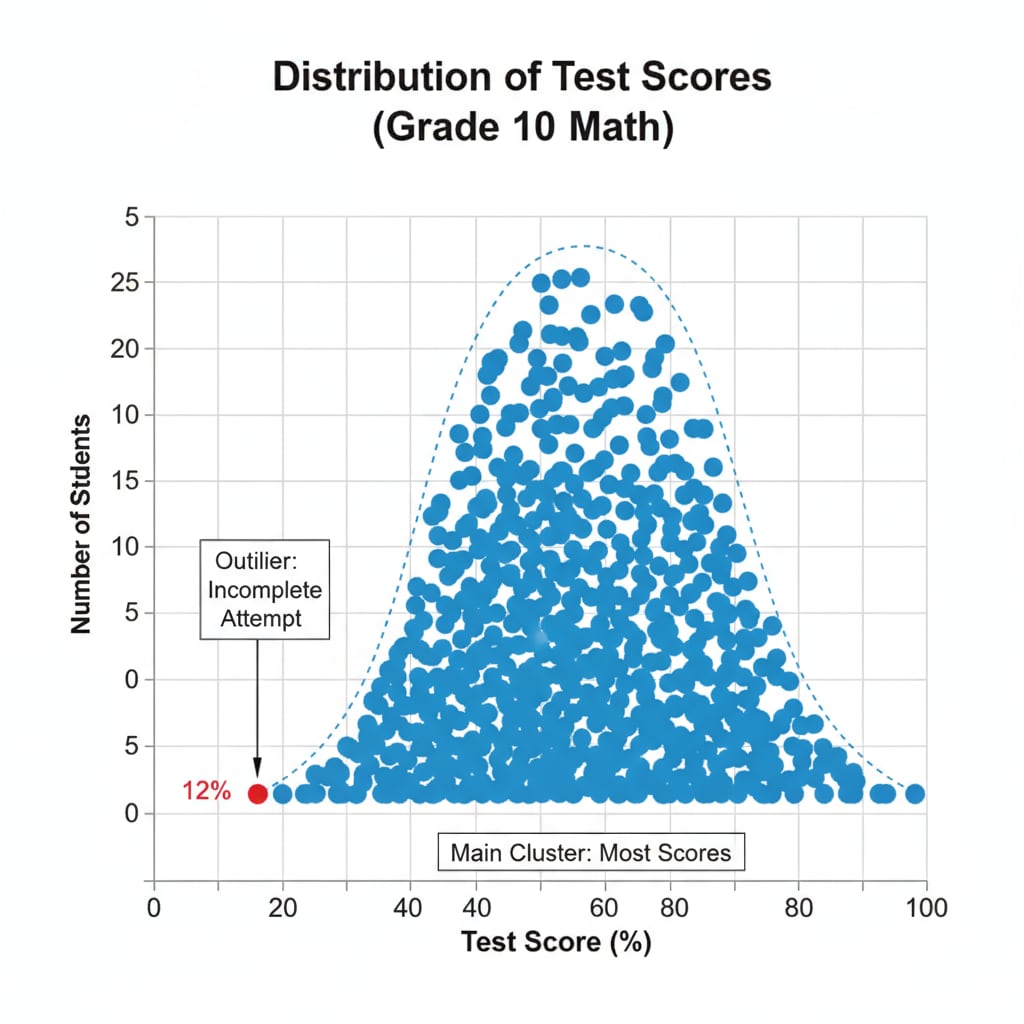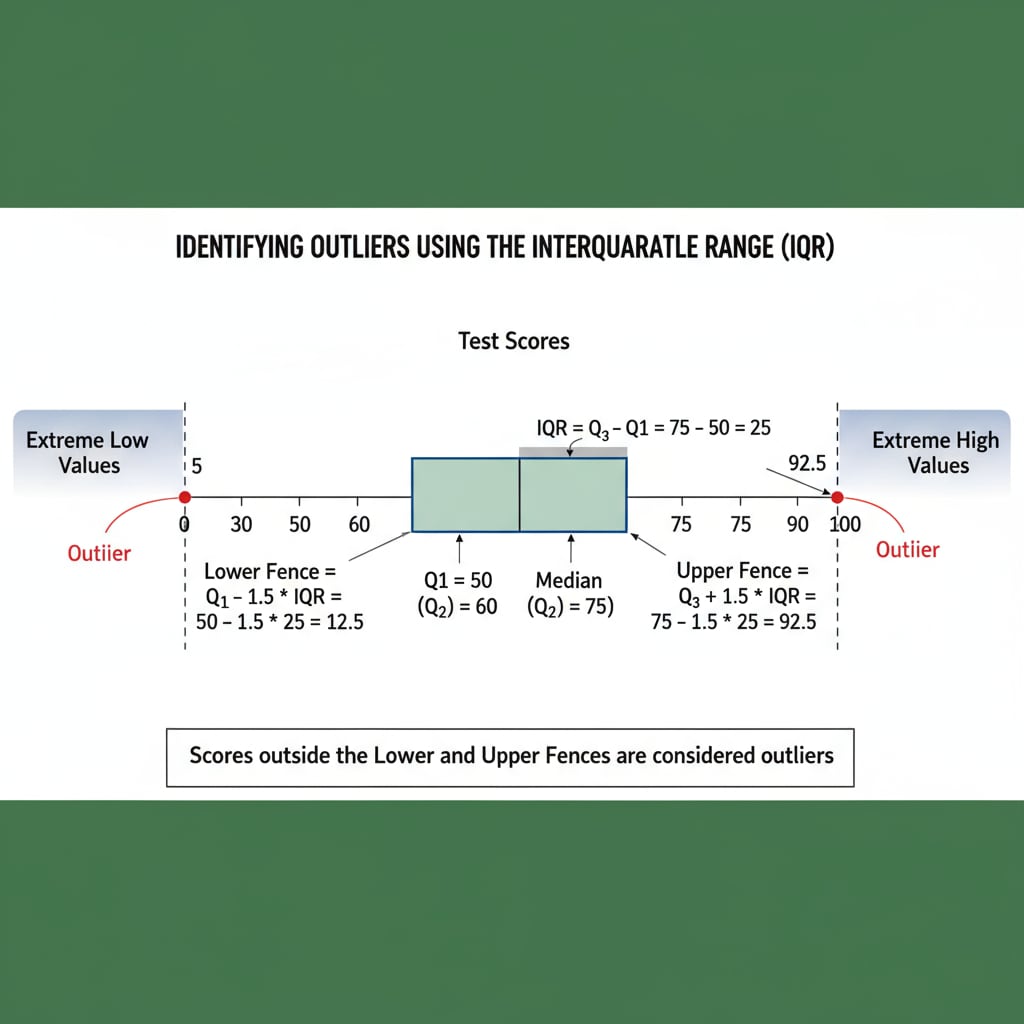In the realm of K12 education, datasets, test scores, and outliers play crucial roles, especially when dealing with incomplete test attempt data. Understanding how to interpret and manage these elements is essential for educators to accurately gauge students’ academic capabilities.
The Impact of Incomplete Test Attempts
Incomplete test attempts are a common occurrence in K12 education. These can significantly skew the datasets and distort the true picture of students’ performance. For example, a student who leaves a large portion of a test unanswered can create an outlier in the test score distribution. This outlier may mislead educators into thinking that the student’s ability is much lower than it actually is. According to National Education Association, such incomplete attempts can disrupt the normal analysis of educational data.

Identifying Outliers in Test Score Datasets
To address the issue of incomplete test attempts, educators first need to identify outliers in the test score datasets. This involves using statistical methods to determine which scores deviate significantly from the norm. For instance, the interquartile range (IQR) method can be used to spot extreme values. By understanding these outliers, educators can then decide how to handle them appropriately. As per Wikipedia’s entry on Outliers, outliers can have various causes, including measurement errors or genuine differences in performance.

Once outliers due to incomplete test attempts are identified, educators can employ several strategies. One approach is to exclude these outliers from the dataset when calculating overall statistics such as the mean and median. Another option is to impute the missing values based on the performance of similar students. This way, the dataset can provide a more accurate reflection of students’ abilities.
Readability guidance: The key points here are the impact of incomplete test attempts, identifying outliers, and handling them. Using statistical methods and considering different strategies helps educators make sense of the data. By understanding these aspects, they can ensure that educational assessments are more accurate and fair.


